Seed Trays:The Ultimate Guide for Successful Seed Starting
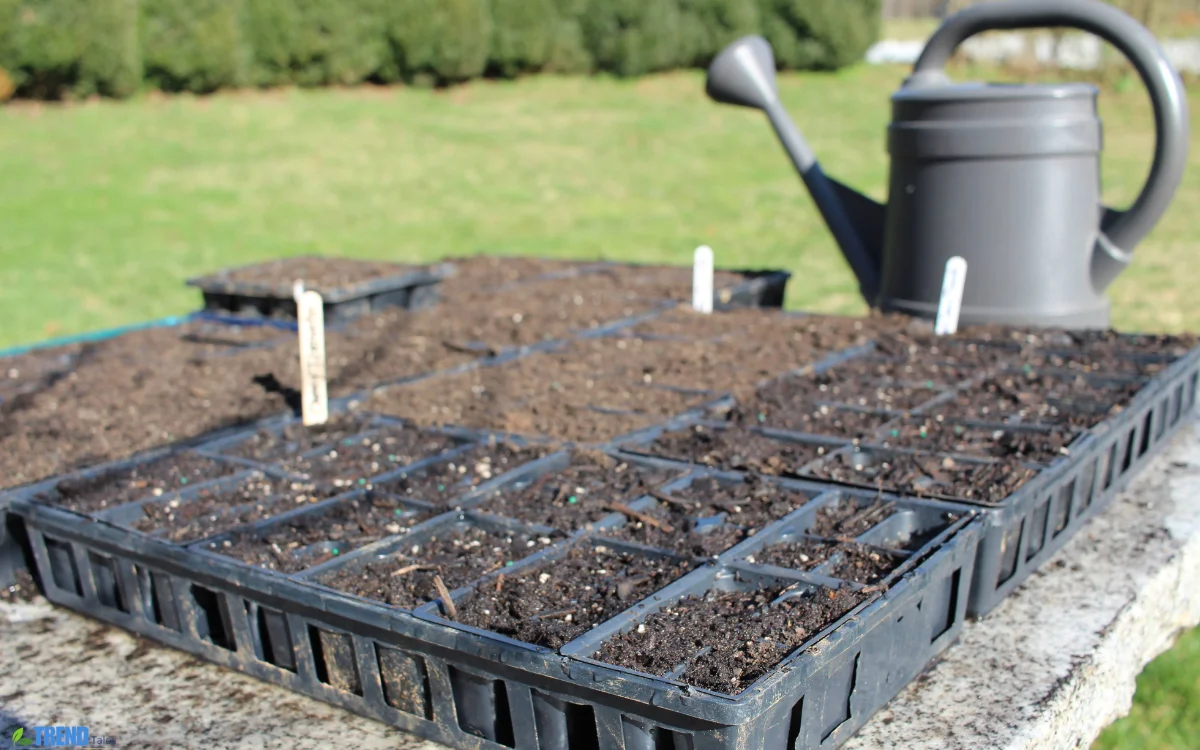
Growing a garden from seeds is an affordable and rewarding way to cultivate plants. One essential tool that makes this process easier and more successful is seed trays. Whether you’re a beginner or experienced gardener, they can significantly improve your germination rates and plant health.
In this detailed guide, we’ll explore everything you need to know about seed trays from types and benefits to step-by-step usage, expert tips, and frequently asked questions.
What Are Seed Trays?
Seed trays are shallow containers divided into small cells designed specifically for sowing seeds. Each cell holds one or more seeds and allows them to germinate and grow into seedlings in a controlled environment.
These trays are commonly used in both indoor and greenhouse gardening. They’re perfect for starting vegetables, herbs, and flowers before transplanting them into garden beds or containers.
Benefits of Using Seed Trays
Using seed trays offers several advantages that can boost your gardening success.
Better Germination Conditions
Allow for optimal temperature, light, and moisture control. This creates an ideal environment for seeds to germinate and develop strong roots.
Space Efficiency
Seed trays allow you to cultivate many plants within a compact area. This is especially useful if you have limited room on a balcony, patio, or windowsill.
Easier Transplanting
Seedlings started in individual cells can be transplanted with minimal root disturbance. This reduces transplant shock and encourages better plant growth.
Cost-Effective Gardening
Starting plants from seeds using seed trays is far more affordable than buying nursery-grown seedlings or mature plants.
Types of Seed Trays
There are different types available, and choosing the right one can make your gardening journey more effective.
Plastic trays
These are reusable, lightweight, and often come with lids or domes. Plastic trays are simple to maintain and perfect for those new to gardening.
Biodegradable Seed Trays
Made from materials like peat, paper, or coconut fiber, these trays can be planted directly into the soil. They’re eco-friendly and help reduce plastic use.
Plug Trays
These trays have deeper individual cells and are suitable for plants that need a strong root system, such as tomatoes, peppers, or sunflowers.
How to Use Seed Trays: Step-by-Step Guide
Using seed trays correctly ensures a high germination rate and healthy seedlings. Follow these simple steps:
Choose the Right Soil
Use a quality seed-starting mix that is light, sterile, and fast-draining. Avoid using garden soil, which may contain pests and diseases.
Fill the Cells
Gently fill each cell with the seed-starting mix. Tap the tray lightly to remove air pockets, but avoid compacting the soil.
Sow the Seeds in Seed Trays
Place one or two seeds in each cell, depending on the plant type. Check the seed packet for correct depth and spacing.
Water Lightly
Use a spray bottle or watering can with a fine rose to moisten the soil without disturbing the seeds. Keep the soil consistently moist, not soggy.
Provide Warmth and Light
Place the seed trays in a warm location (around 18–24°C) or use a heat mat. After the seeds have sprouted, place the trays near a sunny window or under grow lights.
Thin the Seedlings
Once seedlings have two sets of true leaves, thin them by snipping the weaker ones. Leave only the strongest seedling in each cell.
Harden Off Before Transplanting
Slowly introduce seedlings to outdoor conditions over a period of 7 to 10 days before moving them to the garden.
This allows them to adapt gradually to sunlight, wind, and varying temperatures.
Common Mistakes to Avoid When Using Seed Trays
Even though seed trays make seed starting easier, there are a few common errors you should avoid:
Overwatering
Too much water can cause mold or damping-off disease. Always monitor moisture levels.
Poor Lighting
Seedlings need at least 12–16 hours of light daily. Use grow lights if natural sunlight is insufficient.
Skipping Labels in Seed Trays
Labeling your trays is important, especially when growing multiple plant varieties.
Forgetting to Harden Off
Seedlings moved outdoors without hardening off often suffer from transplant shock. Take the time to gradually acclimate them.
Tips for Better Results with Seed Trays
-
Use trays with drainage holes to prevent waterlogging.
-
Use a humidity dome to help maintain moisture levels while seeds are germinating.
-
Clean trays between uses to prevent disease.
-
Plant seeds with similar germination periods together in one tray to simplify maintenance.
Conclusion
Seed trays are an essential part of any gardener’s toolkit. They make it easier to start seeds, control growing conditions, and produce healthy, vigorous seedlings ready for transplanting. Whether you’re planning a flower garden, herb corner, or vegetable patch, they give you a great start. With the right setup and a bit of patience, your garden will soon be thriving from the ground up starting right inside your home or greenhouse.
Frequently Asked Questions (FAQs)
Q1. How deep should they be?
They typically measure between 1.5 and 2 inches deep, which is adequate for initial root growth. For larger plants, use deeper plug trays.
Q2. Can I reuse seed trays?
Yes, plastic trays can be reused. Be sure to wash them thoroughly with warm, soapy water and disinfect them before each use.
Q3. How often should I water seedlings?
Check the moisture daily. The soil should stay damp but not wet. Overwatering can lead to fungal problems.
Q4. Do they need drainage holes?
Yes, drainage is crucial to prevent root rot. Always choose trays with holes or place them inside a secondary tray to catch excess water.
Q5.When should I transplant seedlings?
Wait until seedlings have 2–3 sets of true leaves and a well-developed root system. Don’t rush the process—stronger seedlings mean healthier plants.
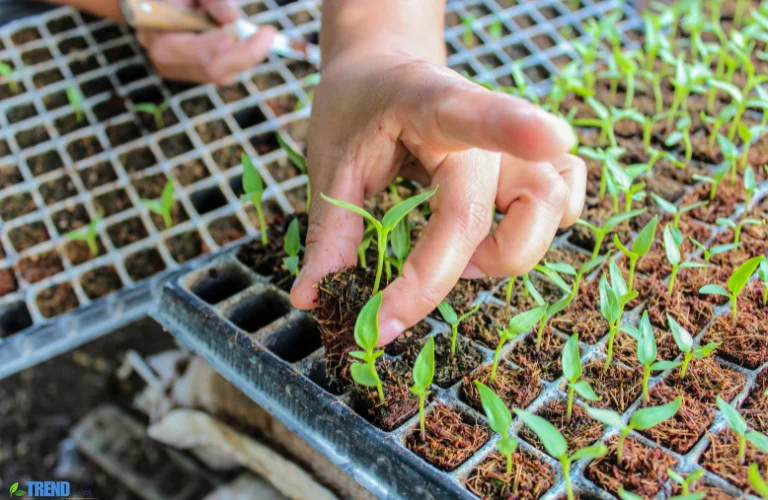
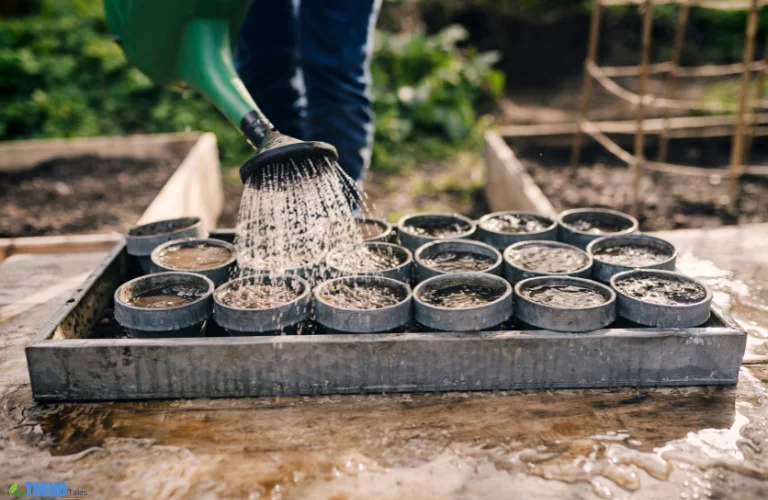
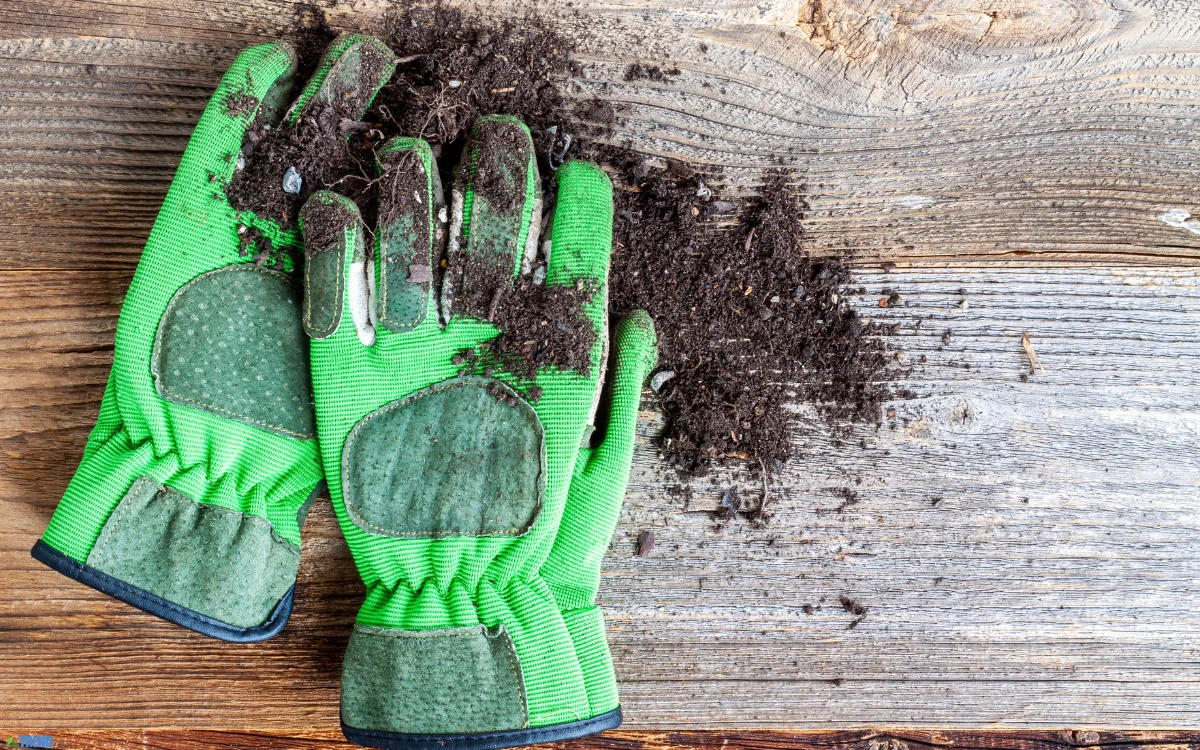
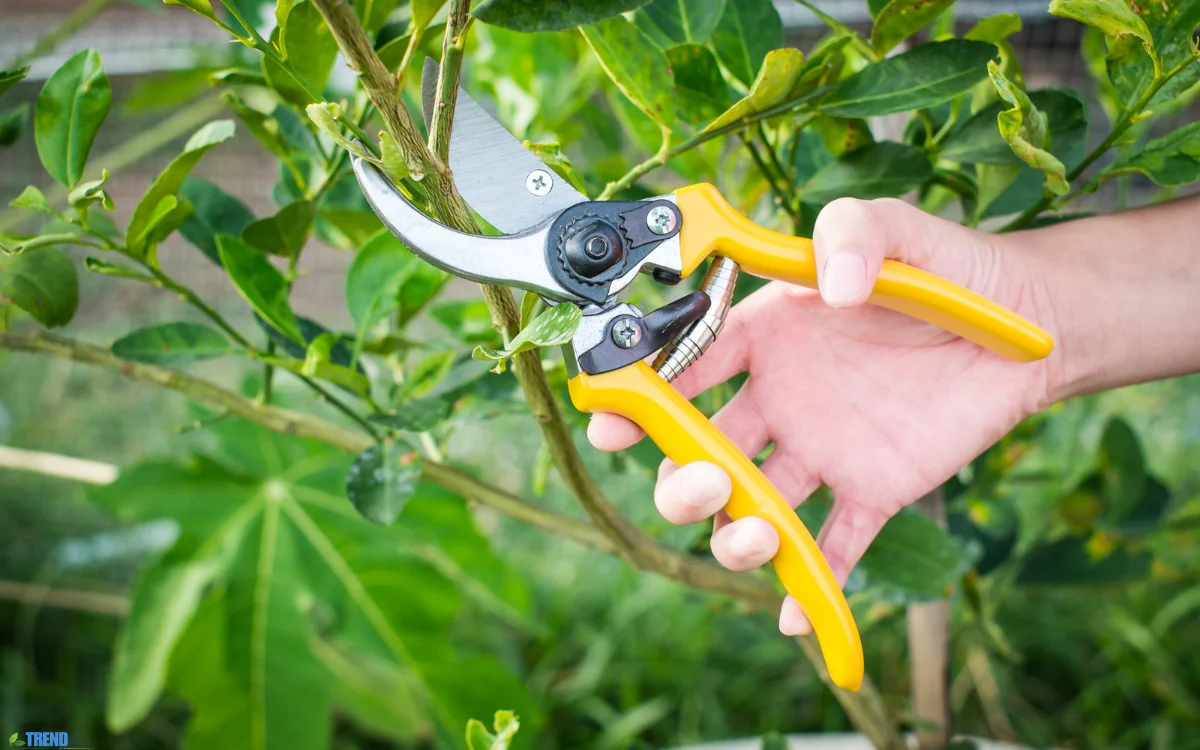
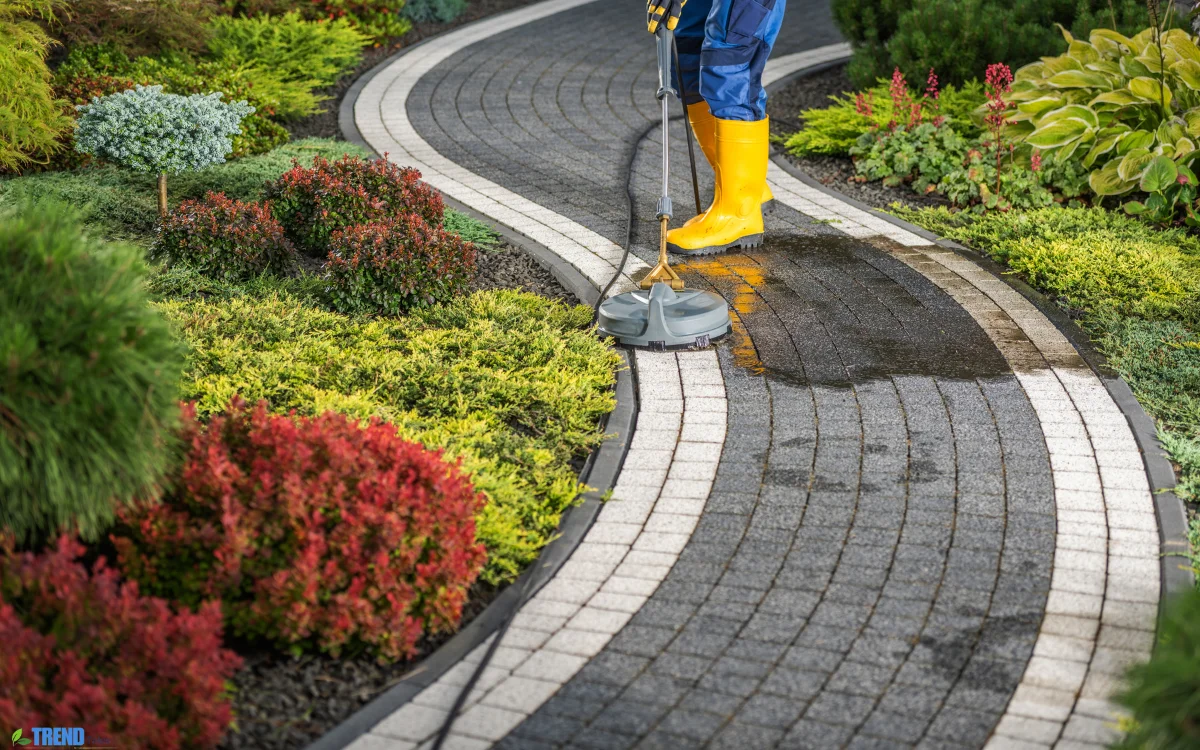
1 comment